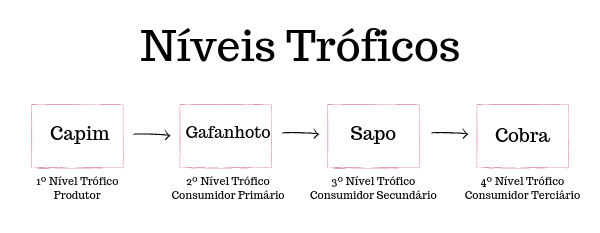Pre-eclampsia and eclampsia are conditions that are part of a disease called toxemia gravidarum. This disease affects women who are in their 20th week of pregnancy or more, being one of the main causes of maternal death in our country.
Its genesis is still not well understood. However, it is known that the placenta has a great influence on the condition, and that some groups of women are predisposed, such as those:
- With multiple pregnancy;
- Pregnant for the first time;
- Pregnant in adolescence or after 35 years of age;
- Hypertensive;
- With kidney problems;
- Diabetics;
- Carriers of lupus;
- Obese;
- Who have a family history for the diseases mentioned above.
Some researchers also point out, deficiency of the amino acid L-Arginine, autoimmune diseases, blood vessel problems, inadequate diet and heredity; as possible reasons for the onset of the disease.
Pre-eclampsia is the mildest manifestation of toxemia gravidarum. Its main symptoms include swelling and/or weight gain, hypertension and protein in the urine (proteinuria).
If not controlled, the pregnant woman may present such symptoms with more intensity, accompanied by headache, stomach pain, tachycardia, blood in the urine and visual changes. Not seeking medical help quickly, the condition can trigger eclampsia itself, causing vaginal bleeding, seizures and even coma, due to the considerable increase in pressure arterial.
Do not stop now... There's more after the advertising ;)
Eclampsia can be prevented by controlling pre-eclampsia. This, in turn, can be prevented, or at least monitored, through careful prenatal care, including recommendations such as high daily water intake, reduced salt intake and, in cases where it has already manifested itself, rest absolute.
As the disease spontaneously regresses after the placenta is removed; in cases of severe pre-eclampsia, or eclampsia, there is the possibility of requiring early delivery, aiming at its integrity and that of the mother. If the child is not yet able to be born, some intravenous medications can be given, in order to prevent seizures and a sudden increase in blood pressure.
By Mariana Araguaia
Biologist, specialist in Environmental Education
Would you like to reference this text in a school or academic work? Look:
ARAGUAIA, Mariana. "Eclampsia and pre-eclampsia"; Brazil School. Available in: https://brasilescola.uol.com.br/biologia/eclampsia-preeclampsia.htm. Accessed on June 27, 2021.


